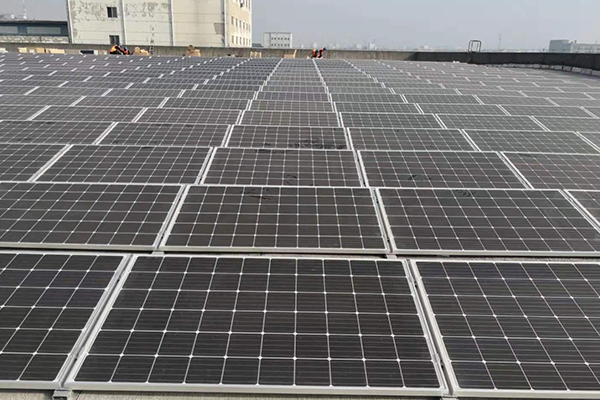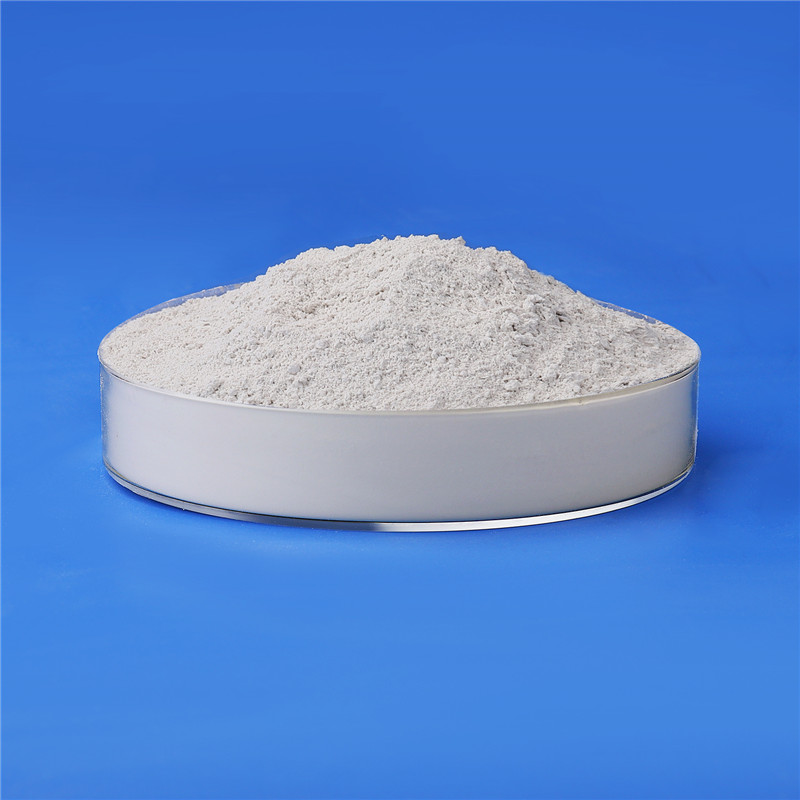Superior Thermal Control through Liquid Cooling
Liquid-cooled batteries circulate a liquid medium within the battery pack to efficiently absorb and dissipate heat generated by the cells. Compared to air cooling, they offer far superior thermal conductivity, maintaining the temperature difference between cells within ±2°C. This minimizes safety risks and ensures stable operation even under extreme temperatures.
Addressing Range and Safety Concerns in Electric Vehicles
In the electric vehicle sector, liquid cooling technology plays a pivotal role in alleviating range anxiety and safety issues. For example, the liquid cooling system in the Tesla Model 3 dynamically adjusts heat dissipation power based on driving conditions. This enables its battery cycle life to exceed 2,000 cycles, representing a 50% improvement over traditional air-cooled systems.
Enhancing Large-Scale Energy Storage Systems
Liquid-cooled batteries also deliver notable advantages in large-scale energy storage applications. At the Qinghai Gonghe Energy Storage Power Station, the liquid cooling system effectively balances cell temperatures. Each cabin achieves a capacity of 2.5 MWh, maintains a cell temperature difference of no more than 3°C, and delivers overall system efficiency exceeding 90%.
Driving Structural Innovation with CTC Technology
Liquid cooling technology fosters innovation in battery architecture. The emergence of CTC (Cell to Chassis) liquid-cooled integration eliminates traditional battery pack enclosures. This not only reduces overall weight but also increases the heat dissipation area by approximately 30%, optimizing energy efficiency.
Challenges and Evolving Solutions
Despite these benefits, liquid-cooled batteries face challenges related to cost and maintenance. The high expenses associated with pipeline design and potential leakage risks remain concerns. However, the industry is actively addressing these issues through advanced materials and intelligent solutions. New nano-coolants with 40% higher thermal conductivity and AI-based detection systems that reduce maintenance costs by 25% are examples of this progress.
Expanding into Marine and Aviation Applications
Today, liquid-cooled batteries are making inroads into the marine and aviation sectors. As integration with emerging technologies continues, they are set to usher in a new era of zero-emission energy.



